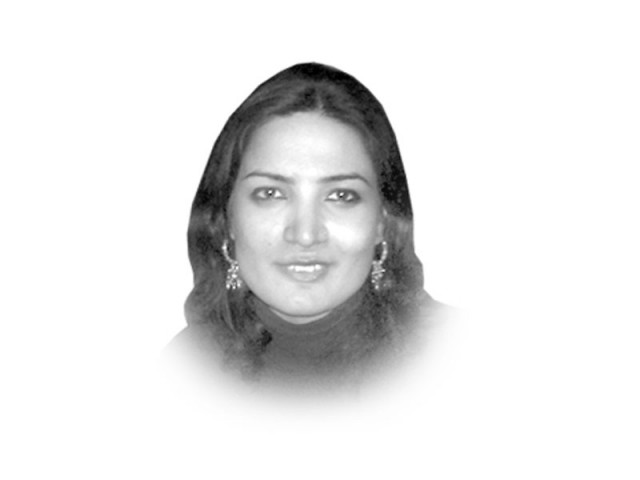Women and their space in national narrative
The popular model of women that gets space in the national narrative is not only misogynist but also very classist.

If such a representation is to be believed, then a very small percentage of our population is female and this is the country of men. The concept of char deewari and women staying inside is a very urban middle class notion and a considerably small percentage of our population falls under this category. The fact that our national narrative is designed such that it has no place for women who do not cement this patriarchal notion — that only a woman who is covered in a chador is virtuous and worthy of respect — is mindboggling. A visit to any village in most parts of the country would discredit this notion. Women work in their homes, outside their homes, they work long hours in barns and on farms and contribute significantly to the economy. Their contributions may not formally be acknowledged in the GDP but their productivity is part of the society and economy.
The popular model of women that gets space in the national narrative is not only misogynist — showing women in supporting roles only, as if they are not capable of living a full life — but is also very classist. Most women cannot afford to stay at home and thus must work — at times, harder and for longer hours than men, in order to make ends meet. If the chador clad stay-at-home woman is peddled as a socially desirable model that receives representation in the national narrative, then the country is doing utmost injustice to the majority of women who cannot afford this way of life.
What about the contributions of urban women who do not abide by the chador and char deewari philosophy? Should they be excluded from the national narrative because they do not conform to the popular idea of what is considered appropriate for women? They live and work in Pakistan, contribute to the economy, pay taxes and are waiting for the day when they, too, will get their rightful space in the national narrative, right beside the soldier, the doctor and the farmer — and not in the role of a caregiver. By default, women are caregivers; if she is a mother, then she is the primary caregiver. However, defining her by just that one aspect of her life and ignoring others is tantamount to making her half a person.
This Independence Day, let’s pledge to make an effort to provide space to everyone who is a part of this country and have them become a part of the national narrative. That is the only way forward.
Published in The Express Tribune, August 14th, 2012.


















COMMENTS
Comments are moderated and generally will be posted if they are on-topic and not abusive.
For more information, please see our Comments FAQ